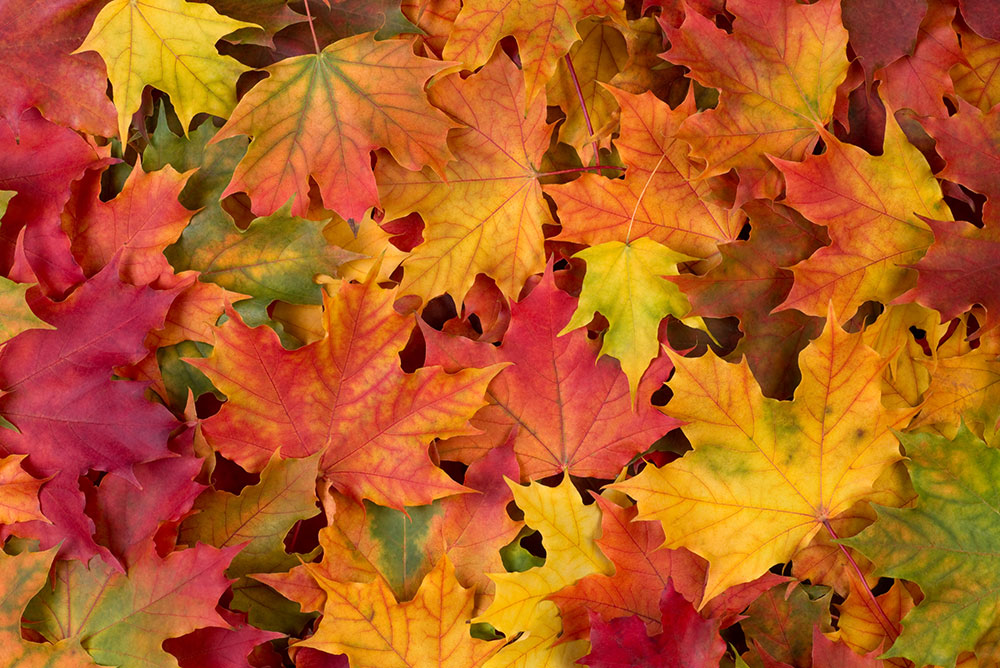Leaves all over the yard and acorns on the back deck—boy, it is Fall.
Several centuries ago, people thought of three seasons—Summer, Harvest, and Winter. Spring was regarded as a pre-summer period called Lenten. Harvest comes from an old Norse word, haust, meaning to gather. They also used autumn, which comes from the Latin actumnus, which means harvest.
Fall or Autumn?
Today, North Americans discuss the “Fall of the Leaves” or “Fall.” In England, it’s still referred to as Autumn.
For me, fall means tomato/squash season, giving way to spinach/broccoli season and LOTS of leaves to add to my compost pile, mulch my perennial beds, or otherwise dispose of.
Why Do Those Leaves Turn Color?
So why do leaves turn color? It all concerns the sunlight getting weaker and the days getting shorter this time of year. With less sunlight, the intense green chlorophyll, which gives leaves that rich green color, begins to fade. As the green fades, other colors start to show through. Our pretty green leaves have always been yellow, orange, red, or purple, but the intense green color has camouflaged them.
The intensity of the color can vary somewhat from year to year, depending on the weather. Warm sunny days combined with cool nights can provide the most intense colors.
Then and Now
To our ancestors, autumn was a time of harvesting and storing for a long winter ahead. It was also a time of festivals to thank the gods for the bounty of the harvests. These days, fall is a time that school starts again, football season begins, and Thanksgiving turkeys are readied for the holidays.
It’s also a time for retailers to sell rakes and leaf blowers and have pre-season sales on artificial Christmas trees. Ever notice how we go looking for Halloween candy and find Christmas decorations?
Happy Hallowmas!

